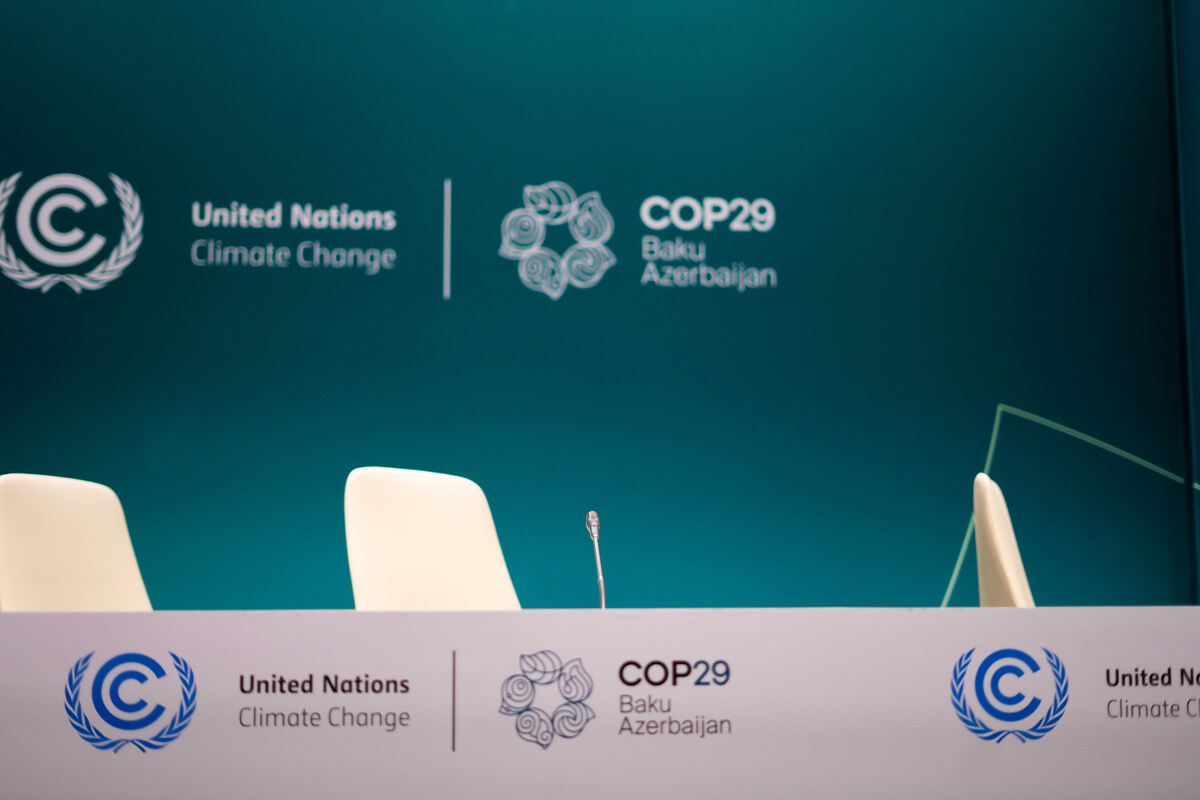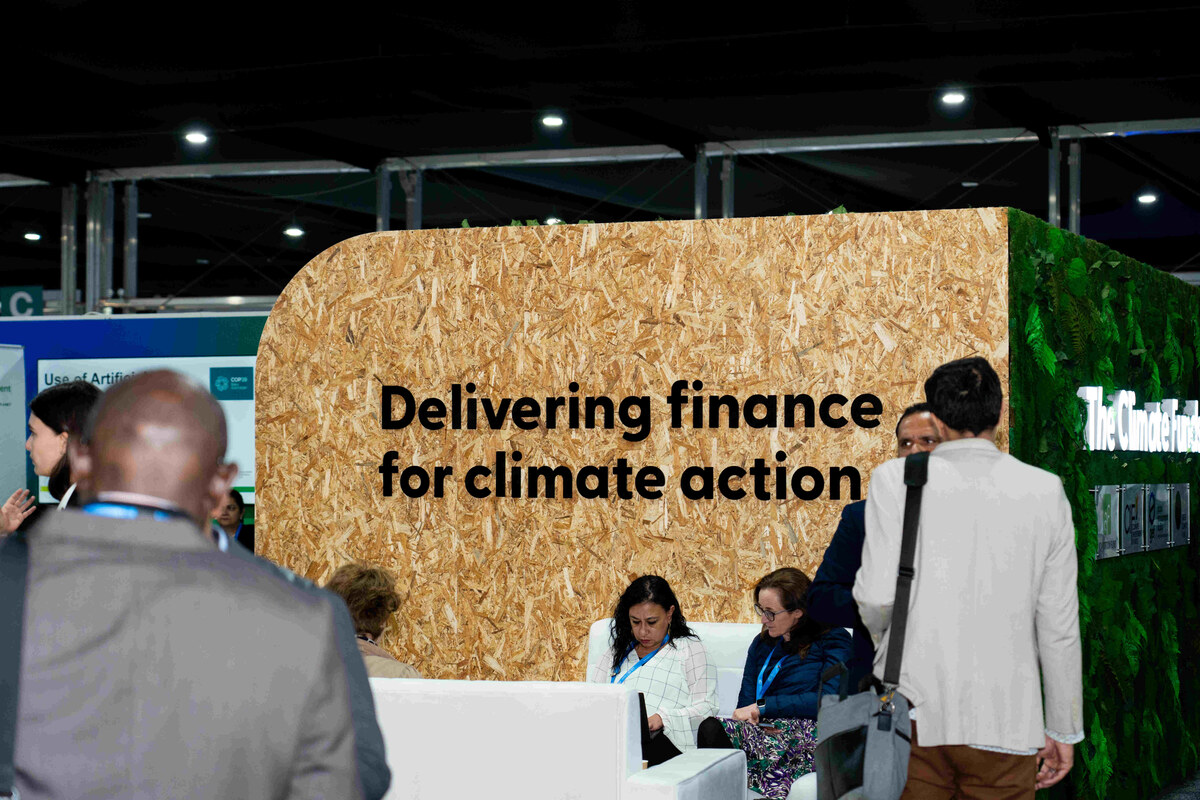RIYADH: Cement sales in Saudi Arabia saw an annual increase of 4.93 percent in the third quarter of 2024, reaching 12.84 million tonnes, according to recent data.
Figures released by Al-Yamama Cement showed that 96.18 percent of these sales were domestic, with only 3.82 percent being exported.
The data covers 17 Saudi cement companies, with Al-Yamama Cement holding the largest share of domestic sales at 12.47 percent, amounting to 1.54 million tonnes, despite experiencing a 27.18 percent decline during the period.
With the successful acquisition of Hail Cement Company by Qassim Cement Company, QCC now leads the market with the highest share among its peers at 13.37 percent, or 1.65 million tonnes, moving Al-Yamama Cement to second place.
Saudi Cement, Southern Cement and Yanbu Cement held 8.96 percent, 8.49 percent and 8.18 percent shares of the domestic market respectively.
The highest growth in domestic sales was recorded by Umm Al-Qura Cement, which saw a 69 percent increase to 372,000 tonnes during this period, despite holding a relatively small 3 percent market share.
City Cement’s local sales rose by 52.69 percent annually to 739,000 tonnes, while Tabuk Cement experienced a 27.3 percent increase, reaching 429,000 tonnes.
In terms of cement exports, Saudi Cement dominated with 80.45 percent of total shipments, amounting to 395,000 tonnes this quarter. This figure represents a 13.18 percent increase compared to the same quarter last year.
Najran Cement accounted for 11 percent of exports for the quarter, totaling 54,000 tonnes, marking a 24 percent decline. Eastern Cement with 8.55 percent share saw a 133 percent rise in exports, reaching 42,000 tonnes.
Saudi Arabia also exported 1.08 million tonnes of clinker during this period, marking a 41 percent decline compared to the same period last year.
Clinker, a crucial intermediate product in cement production, is commonly exported due to its cost-effectiveness. It is more economical to ship it to other countries for final processing into cement than to produce the finished product and then export.
According to a report by AlJazira Capital, the total utilization rate of the cement sector in Saudi Arabia stood at 72.8 percent in September.
This figure represents the proportion of the cement production capacity that is actively being used to meet demand.
A utilization rate of 72.8 percent indicates that, on average, the cement industry in Saudi Arabia is using just over two-thirds of its available production capacity.
Saudi Arabia is a prominent player in the global cement industry, ranking among the top 10 producers worldwide. The Kingdom’s production capacity has been bolstered by significant investments to meet both domestic demand and export opportunities.
Key factors driving Saudi Arabia’s cement industry include its robust infrastructure development, housing projects, and initiatives under Vision 2030, which aim to diversify the economy and reduce reliance on oil revenues.
Saudi Arabia’s path to decarbonization
In October, Saudi Arabia’s cement sector took a significant leap towards decarbonization with the announcement of a joint venture between the UK’s Next Generation SCM and Nizak Mining Co., a subsidiary of City Cement.
The collaboration is focused on producing supplementary cementitious materials locally, utilizing an innovative, energy-efficient technology.
This new method requires only one-sixth of the fuel compared to conventional cement production and operates at lower temperatures, significantly reducing operational costs and carbon emissions.
The technology already demonstrates a 99 percent reduction in emissions, producing just 8 kg of CO2 per tonne of calcined clay, compared to the global average of 600 kg per tonne.
The joint venture is part of the Kingdom’s broader decarbonization strategy, which is aligned with Vision 2030 and the Saudi Green Initiative.
As part of these proposals, the Kingdom has set an ambitious goal of cutting carbon emissions by 278 million tonnes annually by 2030.
This venture, which will have its first production plant in Riyadh, is expected to produce up to 700,000 tonnes of low-carbon supplementary cementitious materials in its second year of operations, starting in 2025.
The project is also crucial for the domestic production of low-carbon concrete, as traditional SCM alternatives, like fly ash and slag, are not readily available in Saudi Arabia.
The venture will not only help Saudi Arabia meet its sustainability targets but also strengthen its position as a regional hub for low-carbon materials, generating both economic and environmental benefits.
Speaking in October, Majed Al-Osailan, CEO of City Cement, emphasized the long-term impact of the project, stating that it will create jobs, improve access to sustainable building materials, and create export opportunities for the Kingdom.
According to a study by the Boston Consulting Group in September, Saudi Arabia stands to gain a significant competitive advantage in the global cement industry as the sector moves toward decarbonization through carbon capture and storage.
The competitive dynamics of the industry are shifting due to the high costs associated with CCS, which is essential for achieving net-zero emissions by 2050.
One of the primary factors influencing future competitiveness is a plant’s proximity to CO2 storage sites.
Cement plants located within 200 km of CCS hubs could see abatement costs reduced by half compared to those located farther away.
This geographical advantage will be crucial in determining cost competitiveness on a global scale.
Saudi Arabia, with its lower energy costs, is well-positioned to capitalize on this advantage according to the study. The Middle East, in general, benefits from cheaper energy, which could give Saudi plants a $20 per tonne cost advantage in CCS over the global median.
This would allow Saudi Arabia to emerge as a key export hub in the global cement market.
Plants in the Kingdom that can minimize their CCS abatement costs will be internationally competitive, particularly as global trade dynamics shift and demand grows for low-carbon cement.
Moreover, Saudi Arabia’s energy infrastructure and strategic location near key shipping routes bolster its potential as a regional and global supplier of cement.
With substantial investments in CCS technology and renewables, the Kingdom could not only meet domestic demand but also serve international markets more efficiently, securing its position in the evolving global cement trade.
As the cost of CCS implementation rises, the global competitive landscape will be reshaped, with plants closer to CO2 storage hubs and renewable energy sources becoming more attractive.
Saudi Arabia’s competitive edge, therefore, lies in its ability to leverage its energy resources and strategic location, potentially making it a leader in the export of low-carbon cement solutions.































